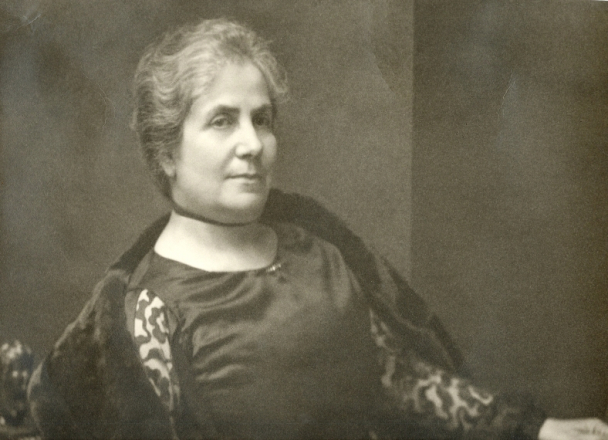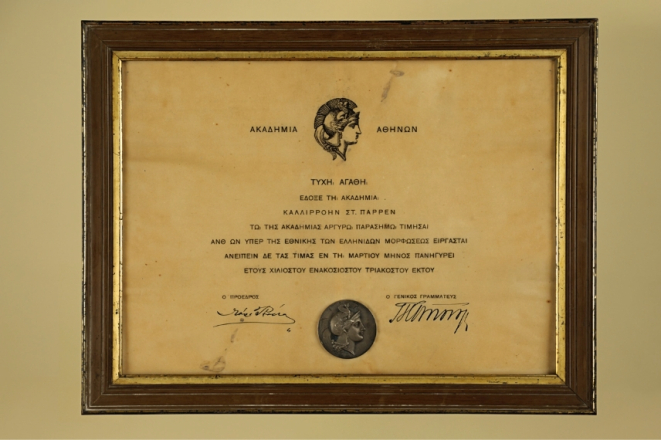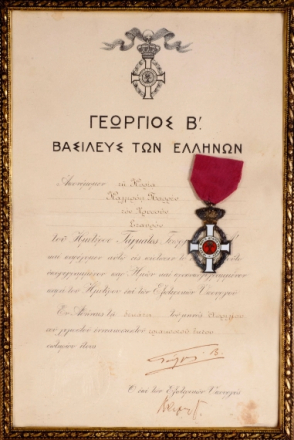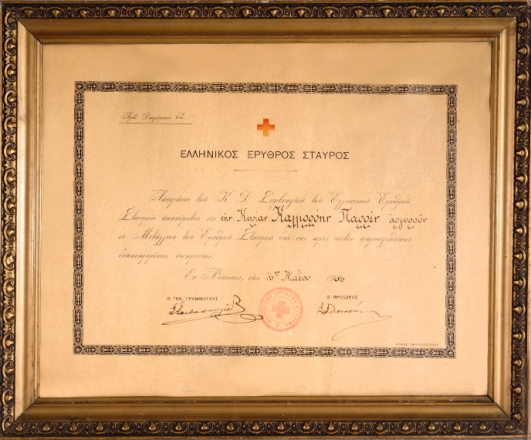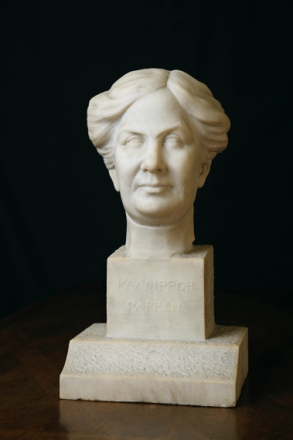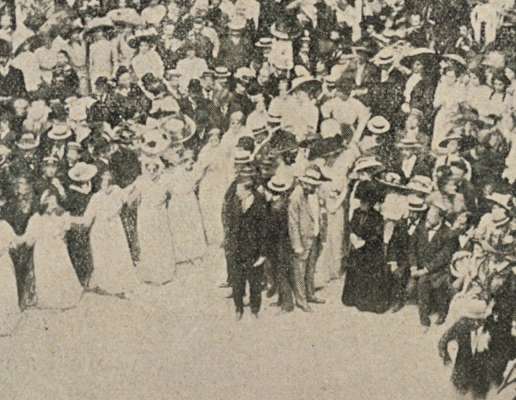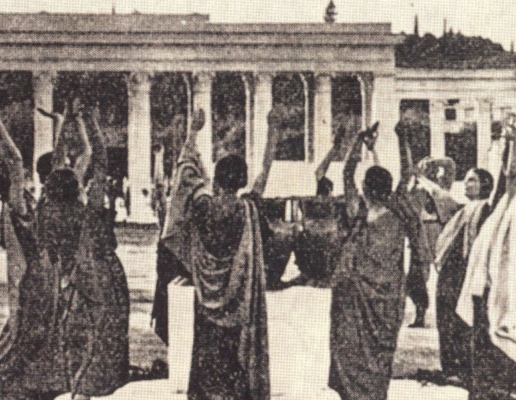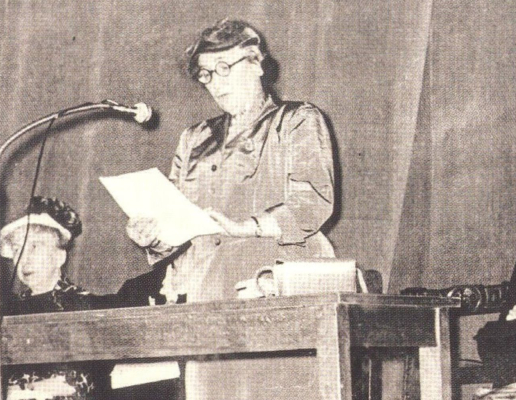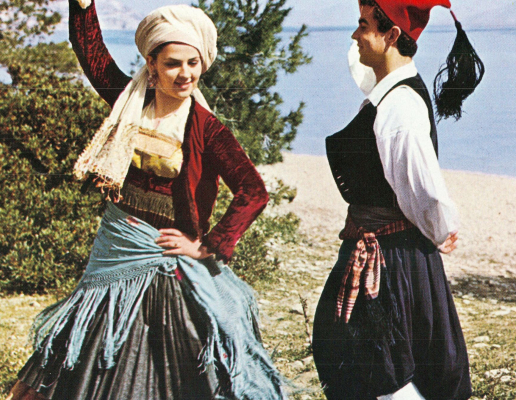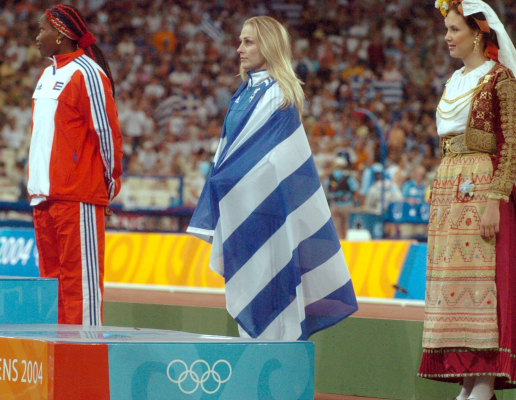The Lykeion ton Ellinidon is a nonprofit organization, established in 1911 by Callirrhoe Siganou-Parren, a pioneer of the feminist movement and of volunteering in Greece.
When setting its goals it gave priority to the advocacy of women’s rights and became a leading organization for social action, with a dynamic contribution in the issues of women’s emancipation and equal opportunities in work and education. At the same time, by connecting, right from the beginning, its activities with the preservation and the promotion of Greek customs and traditions as part of our national heritage, the Lykeion ton Ellinidon evolved into an exemplary association with an instrumental contribution to the cultural development of Greek society.
Its work is always supported by its member’s voluntary contribution, which powers its activities, as well as by the kind sponsorships of individuals and companies.
Today the LtE leads a network of 56 Annexes in Greece and 14 Bureaus abroad, in Greek communities of the diaspora. The whole network is led by the same principles and values and strives for the same goals.
For its overall work, the Lykeion ton Ellinidon has received an award from the Academy of Athens, while in 2012 it was certified to act as an ancillary to the work of the UNESCO Intergovernmental Committee for the Safeguarding of Intangible Cultural Heritage.
Since 1935 the headquarters of the organization have been situated at 14 Dimokritou Street, which is widely known today as the “central building” of the Lykeion ton Ellinidon.

Having as a point of departure and as a goal the study, preservation and reinforcement of Greek customs and traditions, as well as gender equality, the Lykeion ton Ellinidon’s mission remains unchanged on its basic points until today.
The LtE assumes more and more often the role of official representative of Greece, its culture and its history by organizing dance and musical performances, exhibitions and artistic events both in Greece and abroad. At the same time, through educational activities, lectures, conferences, seminars and publications it pursues the promotion of valuable material it has collected and researched on various occasions.
The LtE also strives to achieve gender equality and consolidate children’s rights by organizing informative events.
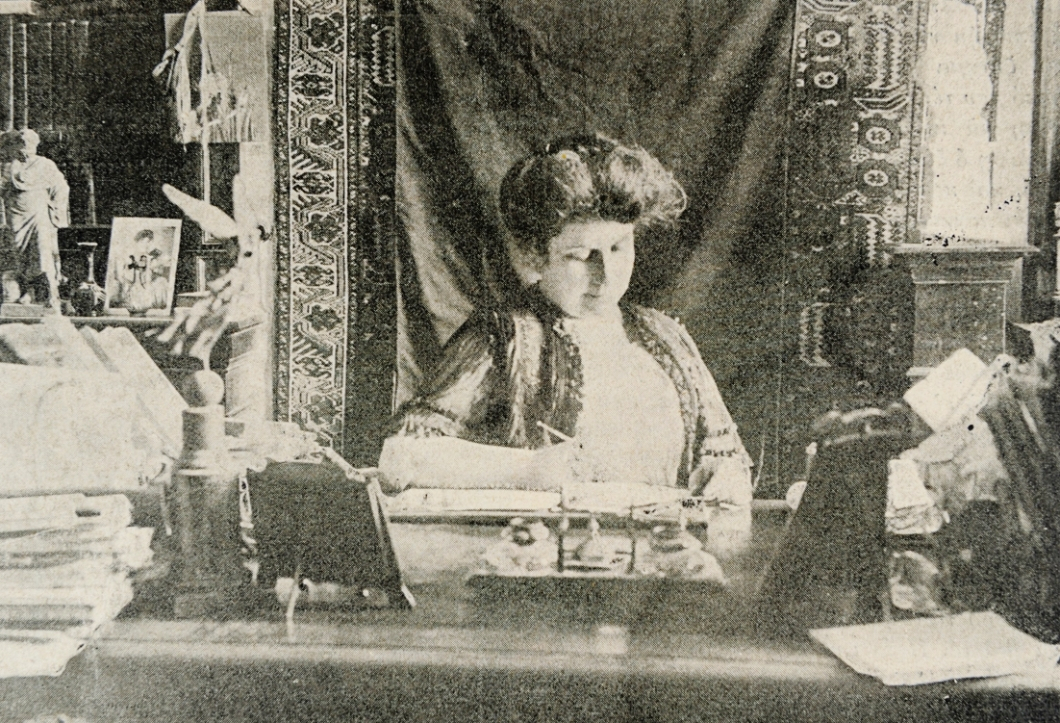
Callirhoe Parren (née Siganou)
Callirhoe Parren was born in 1859 or 1861 in Crete, in Platania Amariou Rethimnis. During the revolution of 1866-69, her family, along with many other Cretan refugees, fled to Athens. Callirhoe Parren studied, in turn, at Sourmeli School in Piraeus, at the Ecole des Soeurs de Saint Joseph de l’ Apparition, and at the Arsakeion School, from where she graduated with top marks in 1878. She then taught in Greek girls’ schools in Odessa and Adrianople.
On her return to Athens, she married Ioannis Parren, a journalist of French-English heritage from Constantinople, who was the founder of the Athens News Agency. Her interactions with the personages who visited her literary salon, her familiarity with the intellectual, political, and social currents of the time, and, in particular, her acquaintance with the world of journalism, had a decisive impact on her life:
I followed the conversations between the journalists and slowly the desire awoke in me again to write, as they did, not just for myself, but also for others.
Thus, with Parren as editor and with many select female collaborators, the Ladies’ Newspaper was born in March 1887, and was the first women’s publication in Greece. It had a large circulation (for example, 5000 copies in Greece and abroad in 1892), and was instrumental in actions for women’s rights (for example, by submitting a petition for women’s education signed by 2850 women to the Trikoupis government), but also in national actions (for example, the international campaign for the 1897 war, with the collaboration of the Association of Greek Women).
The thirty-year publication run of the Ladies’ Newspaper was interrupted by political instability in November 1917. Parren herself was absent from her activities from the autumn of 1917 to the autumn of 1918, as she was, according to reports, displaced to Hydra “for her political convictions”.
Parren’s writing work was extremely prolific: History of woman, 3 volumes (circulated in instalments from 1889); The life of a year. Letters of an Athenian Woman to a Parisian Woman (1898); The books of Dawn (a trilogy of novels): The emancipated woman (1900, reissued in 1999 by Ekati publications with an annex by Ang. Psarra, and also published in French in Journal de debats in 1907), The witch (1901) and The new contract (1902, also published in French in the Revue littéraire), The young woman (a three-act play, performed by Marika Kotopouli in 1907); The school of Aspasia (1908); The wilted lily (novel, 1909); and the unfinished work The white rose (which began to be published in early 1915). Her travel memoirs from Sweden, Russia, and the USA, which were published in the Ladies’ Newspaper, are also of particular note.
Parren’s positions and activism were defined by her belief in the need to secure education and work for women, as basic requirements for their intellectual and political equality and emancipation. She created the Sunday School for female workers and servants in 1889, the Aghia Ekaterini Asylum and the Incurable Patient Asylum in 1892, and was a key contributor to the creation of the Association of Greek Women in 1896, within which the Homemaking and Trade School operated. Bringing the voice of Greek women to international forums – and, conversely, the international pursuits and activism of women to Greece – she took part in women’s congresses in Paris in 1889, in Chicago in 1893, and in Paris in 1900 and 1914. In 1908, the Association of Greek Women participated in founding the National Council of Greek Women.
The crowning achievement of Callirhoe Parren’s work could be said to be the foundation, in 1911, of the Lykeion ton Ellinidon, in the model of the European Lyceum Clubs, for which she had two goals: “assisting the progress of their [women’s] gender” and “the renaissance and preservation of Hellenic customs and traditions”.
In 1921, initiated and organized by the LtE, the first National Women’s Conference and the first Housekeeping and Artisan Exhibition took place in Athens. In the same year, Parren was a pioneer in gathering signatures from Greek women on a petition for women’s suffrage, convincing the Prime Minister D. Gounaris to position himself in favour. During this initial period of its operation, the Lykeion also provided support during military conflicts (Balkan Wars, World War I, the Greco-Turkish War of 1919), organised a variety of events, the most important of which were the festivals at the Stadium, fulfilled targeted actions for women and children, and responded to the era’s desire to promote “Hellenicity” by gathering a collection of traditional costumes, establishing Greek dancing, and even creating “Greek” dolls for children.
In 1936, Parren had the good fortune of simultaneously celebrating the 25th anniversary of the LtE and the 50thanniversary of her work. In 1938 she was made lifetime President. For health reasons, she was no longer able to fulfil her duties, so Vice President Anna Triantafyllidou acted up in her place. Parren was awarded the Golden Cross of the Order of George the Second, a silver medal from the Academy of Athens, and many distinctions from other organisations. She died on 16th January 1940. The City of Athens honoured her memory by placing a bust of her in the First Cemetery of Athens in 1992.
Parren’s legacy lives on through her words:
I am happy and can now rest easy, as I feel I leave a blossoming crop from the seeds that we, the few [female] pioneers, sowed in the rocky and barren earth, and I am certain that by you, my good collaborators, the perfect woman of tomorrow shall be created.
It was on the 2nd of December, 1910, when a small group of seven women, members of the intellectual elite of the time, gathered at the home of Callirhoe Parren and decided to create an organisation in the style of the European Lyceum Clubs, with the aim of creating a connection between women of letters, sciences, and arts, to serve and protect them and to revive and preserve Greek customs and traditions .... The foundation of the LtE was ratified by Royal Decree on 19th February 1911.
Lily Antzaka, Scientific Consultant, Maria Passa-Kotsou, 1st Vice President, Amalia Markatzi, Ephor of the LtE’s Historical Archive Section, and the late Lefteris Drandakis, Artistic Director, attempt a brief review of the history of the LtE, from its foundation to the present day, spotlighting what were at different times the organisation’s prevailing aspects: female, artistic, educational, Hellenic, national, folkloric.


